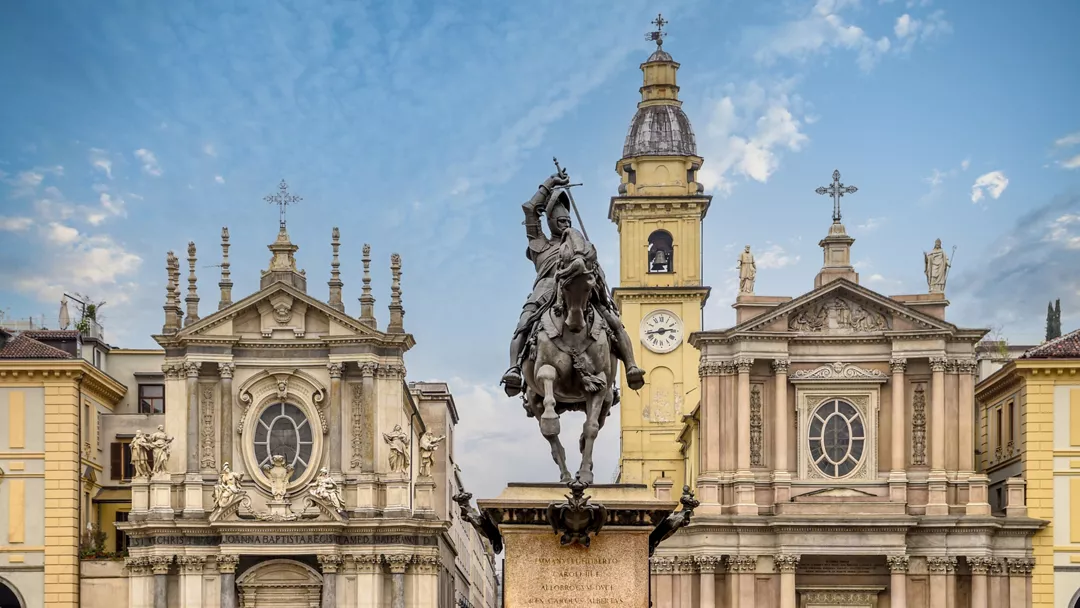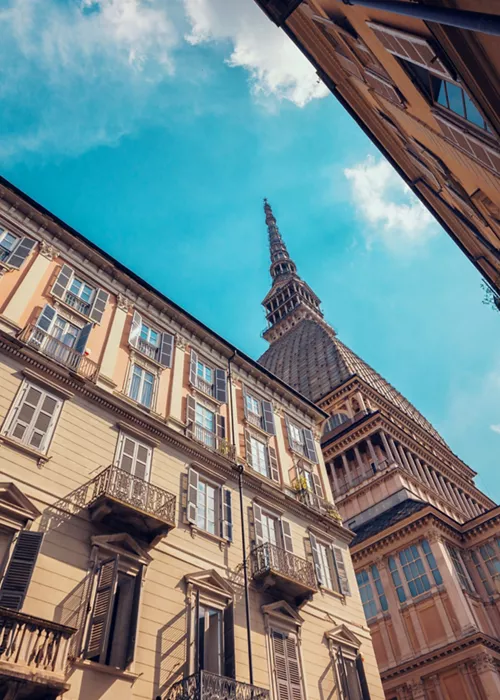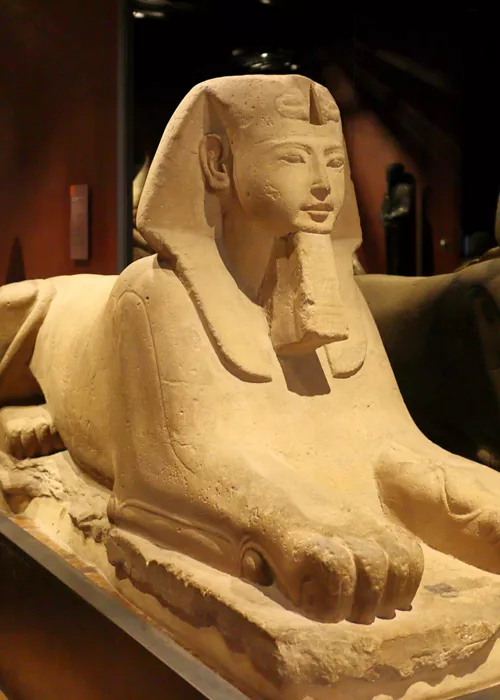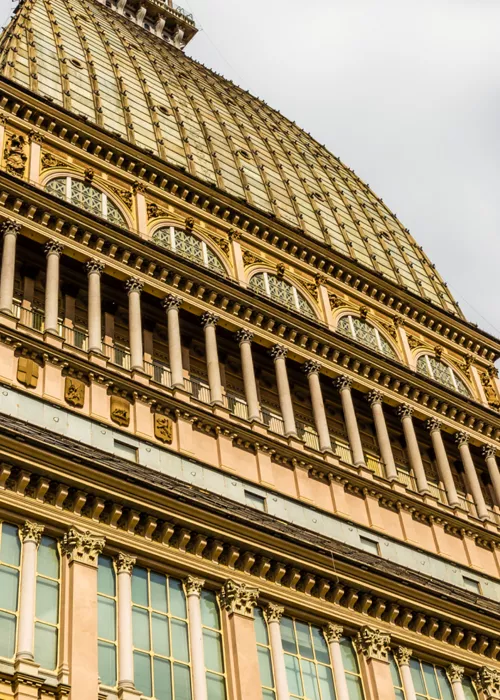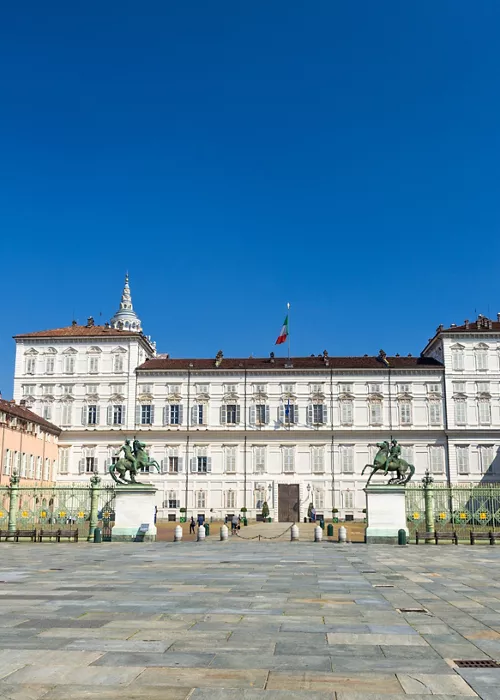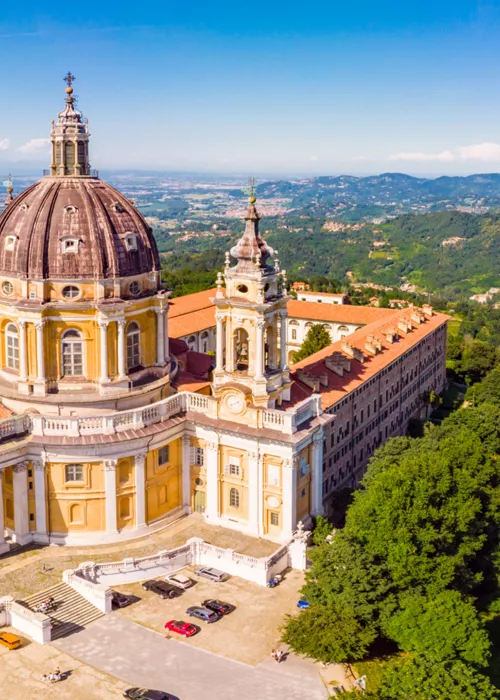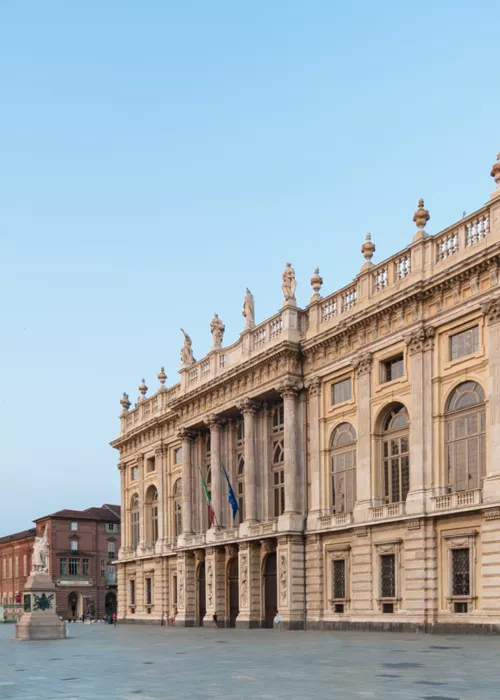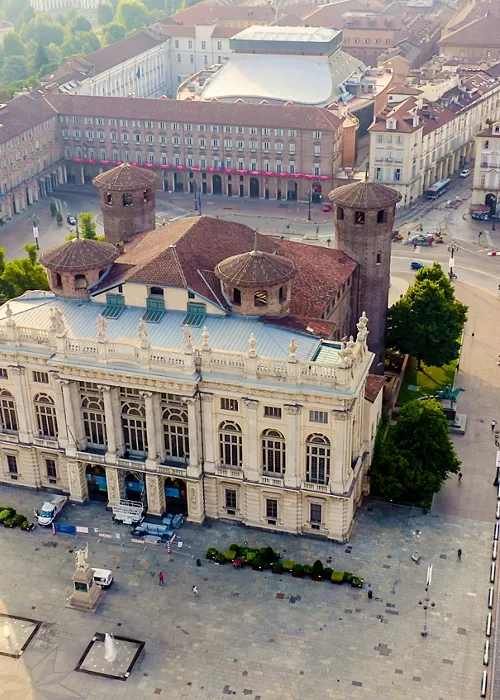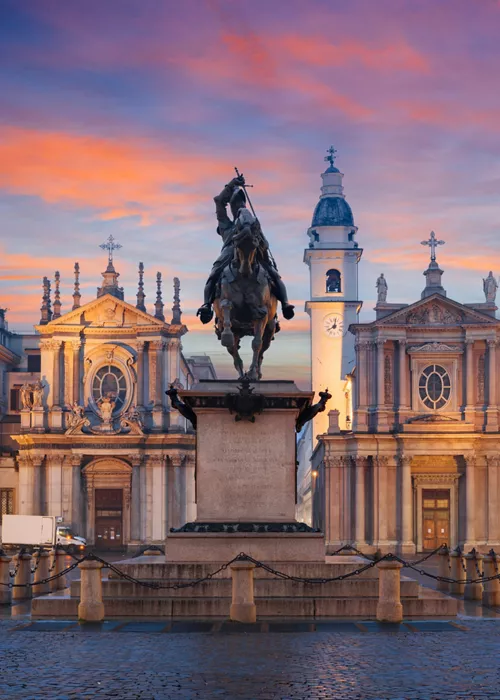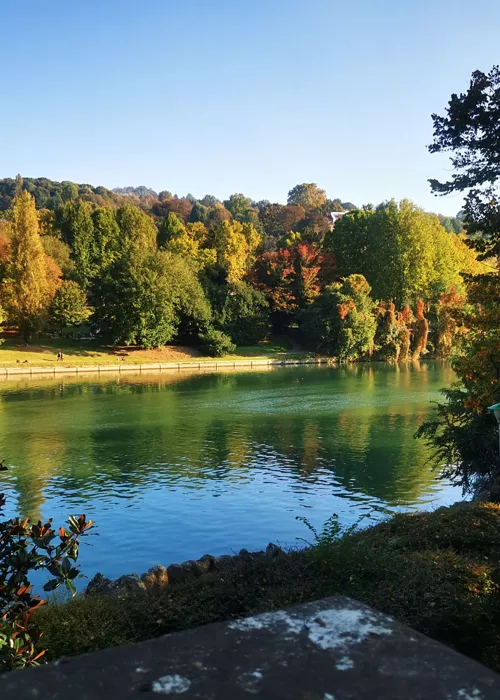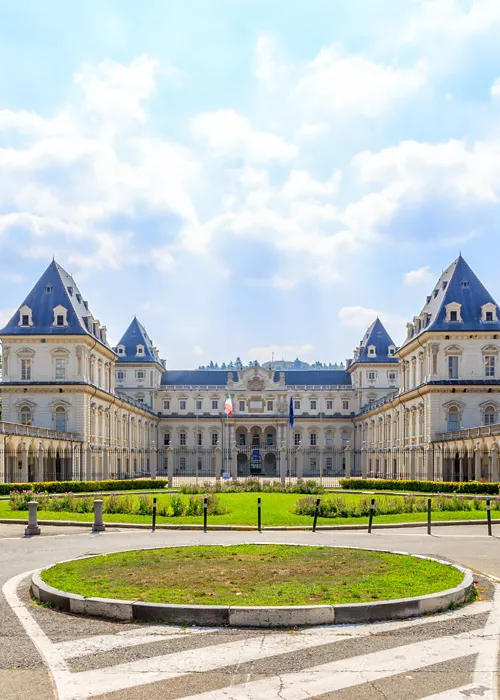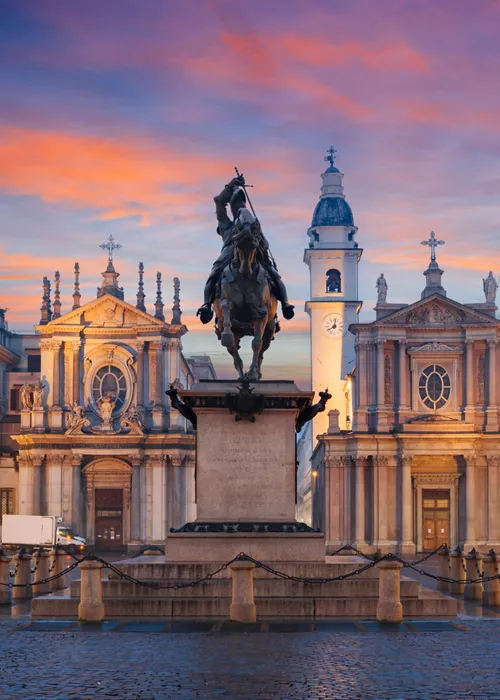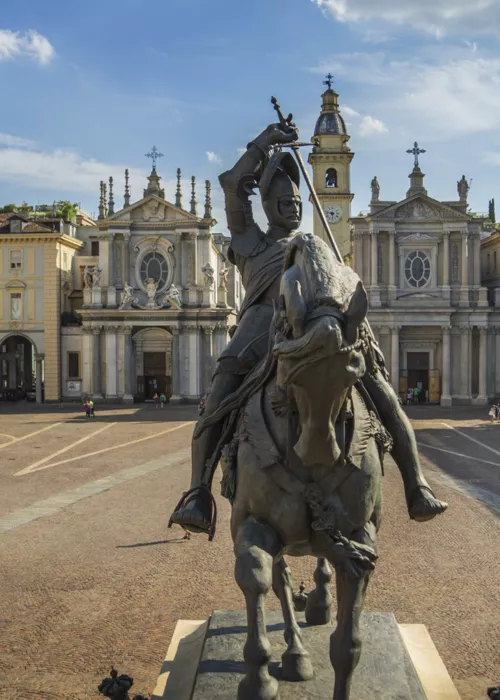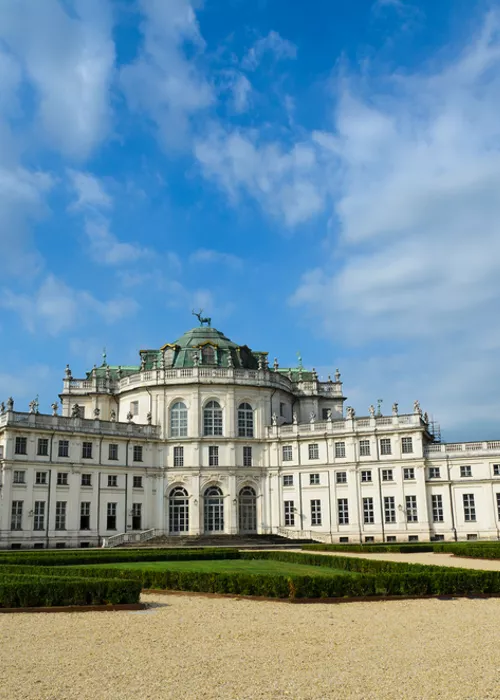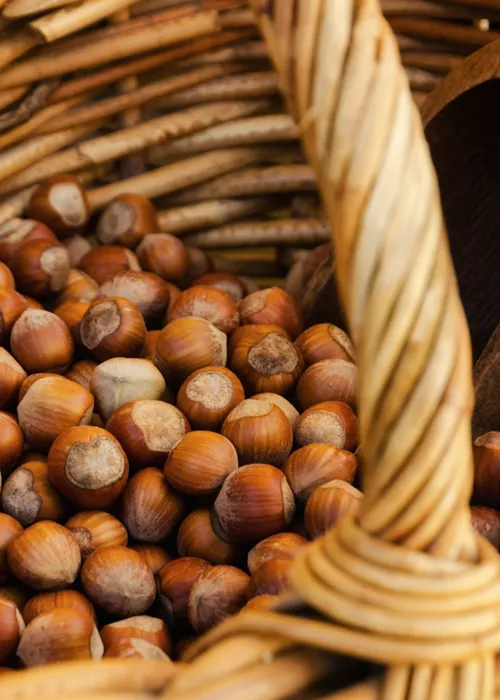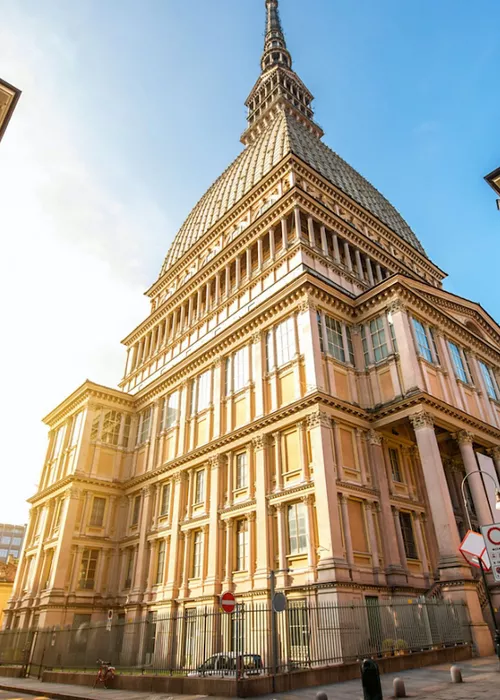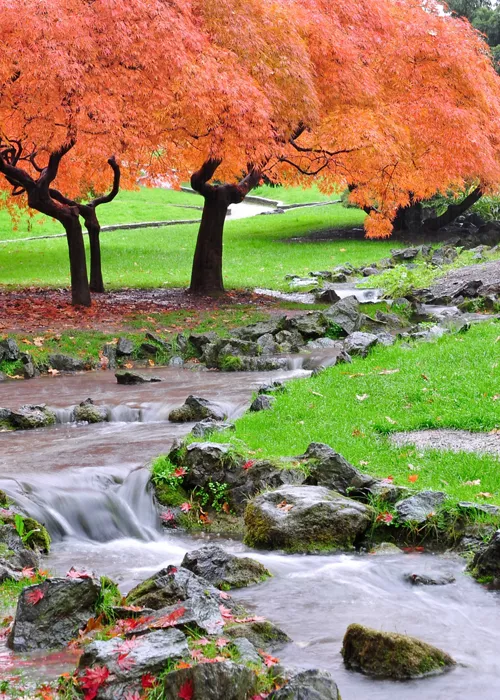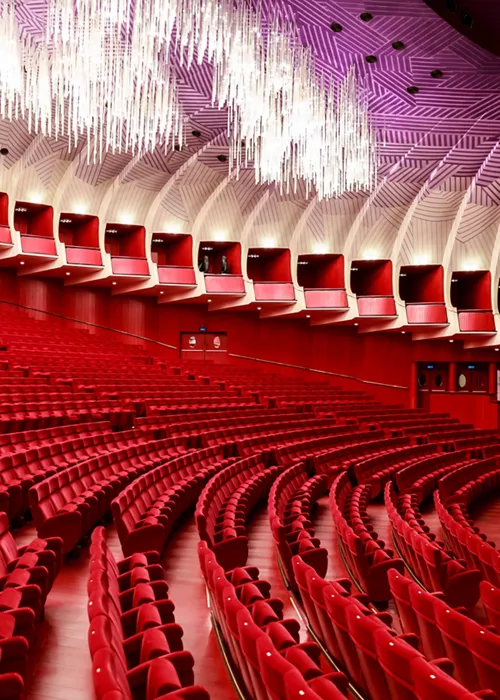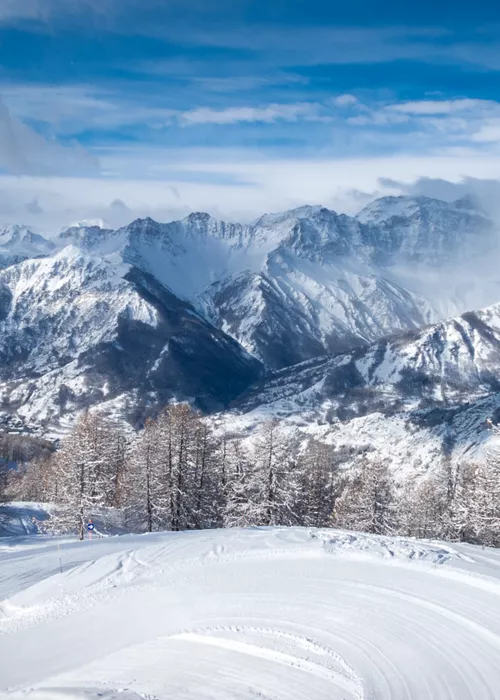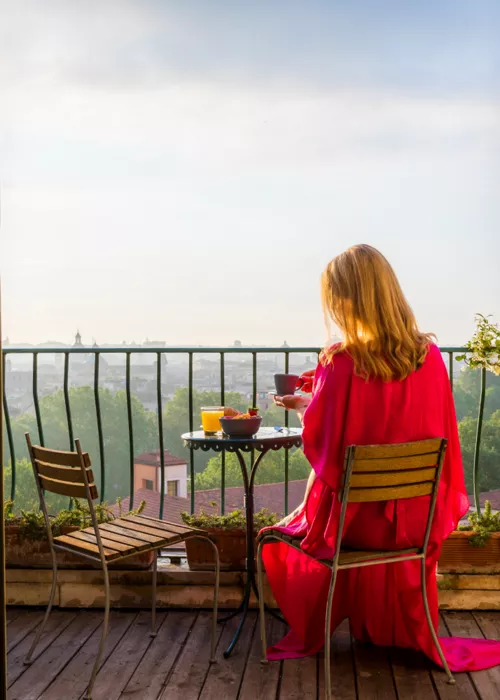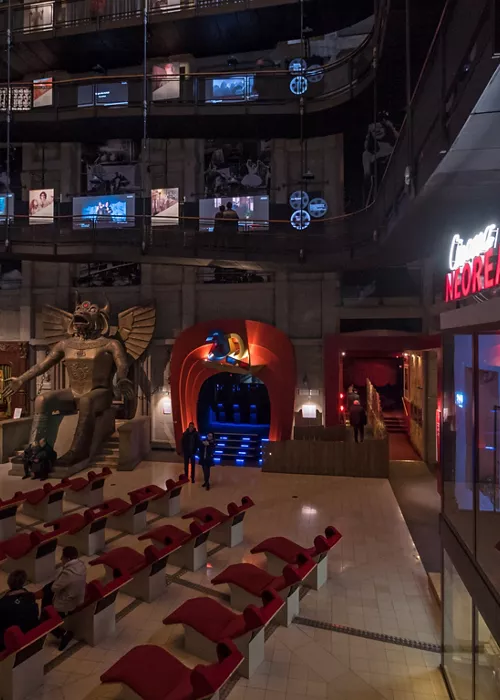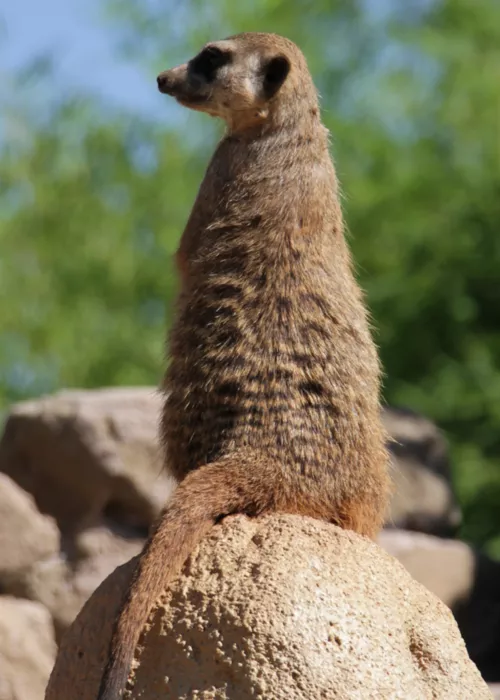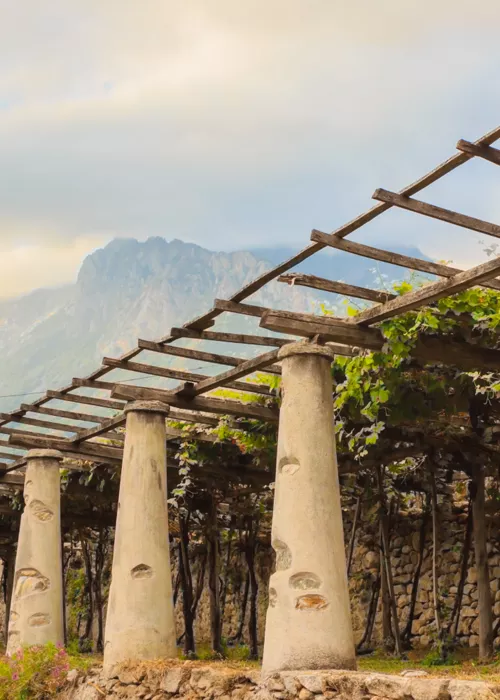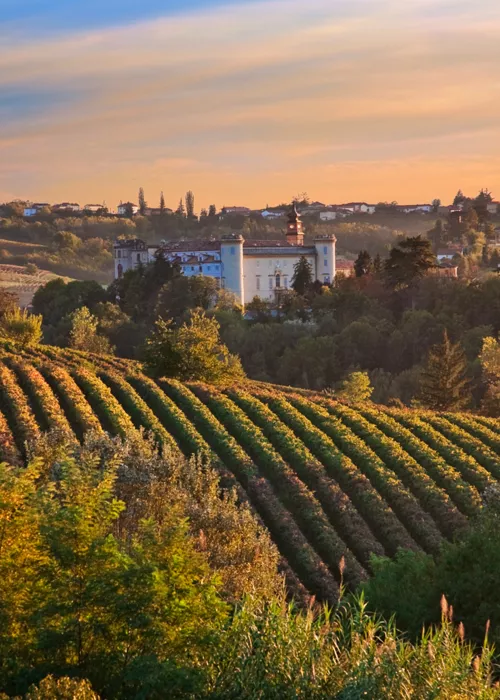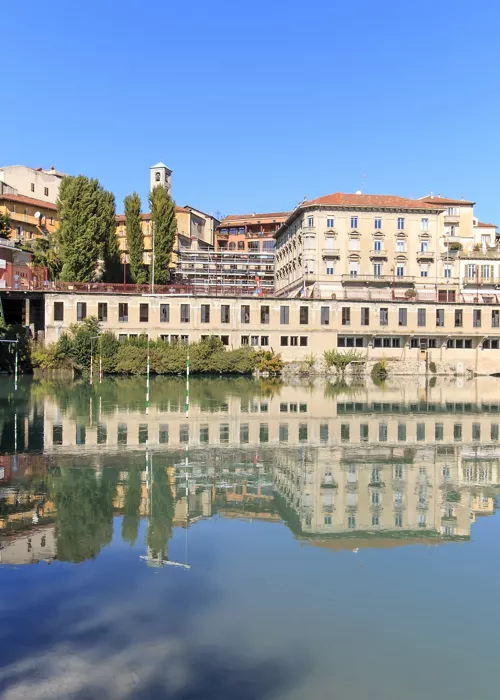Turin, a noble capital transformed into a cultural melting pot
5 minutes
Piedmont's capital is a city with a unique charm, an important history that has left its mark on this metropolis that speaks of the past, whilst constantly looking to the future: first a small foothill village, then the capital of a kingdom and a nation, ultimately becoming a privileged location for cinema and the automobile industry, as well as a hub of Italian innovation.
Understated yet showing signs of the typical luxury of the 19th-century city, Turin is young, attractive, dynamic and open to the world. The perfect fusion of architectural and monumental treasures, museums and art galleries, entertainment, good food and world-famous events, including the Salone del Libro, the Salone del Gusto and the Turin Film Festival.
There are plenty of things to see and do all year round: Turin offers the perfect destination for a journey through timeless beauty.
The history and interesting facts about Turin
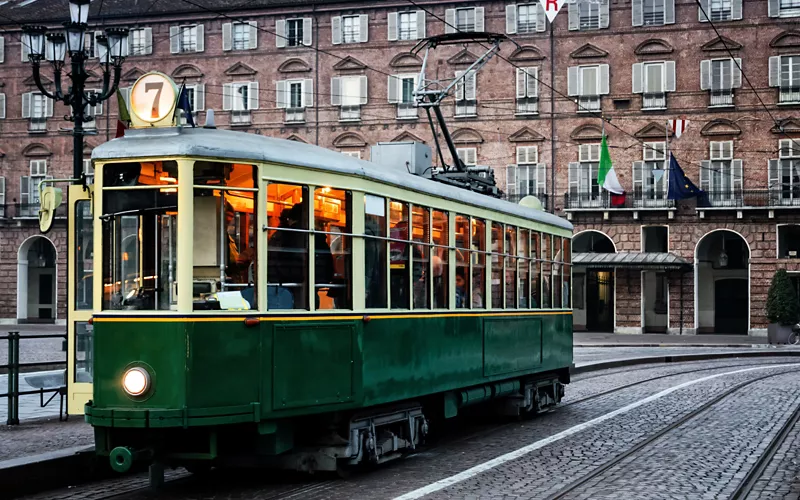
Turin's intriguing history began in 218 BC, when Hannibal reached the Piedmont plains with the Carthaginian army. Following the arrival of Julius Caesar in 58 BC, the wooden housing cluster became known as Roman Turin, a strategic colony that expanded and changed its name to Augusta Taurinorum in 28 BC. After the fall of the empire, the town was fortified by the Ostrogoths, then Turin fell into the hands of the Lombards and the Franks, before finally becoming an episcopal principality at the crucial junction between Flanders and Italy.
From 1280 AD Turin belonged to the House of Savoy and was integrated into the Duchy, which grew relentlessly. The year 1563 marked a turning point for the city: Duke Emanuele Filiberto decided to name it the new capital of the Duchy of Savoy. In late 700s and early 800s, it became one of the first cities in Europe to adopt a gas lighting system. The unification of Italy in 1861 made Turin the capital of the Kingdom of Italy. During the early 900s, FIAT and Lancia were founded, transforming Turin into an industrial centre, as well as an important hub for cinema thanks to the foundation of Ambrosio Film, Italy's first film company. A wealth of heritage to be relived while exploring the city.
What to see in Turin: 10 must-see places
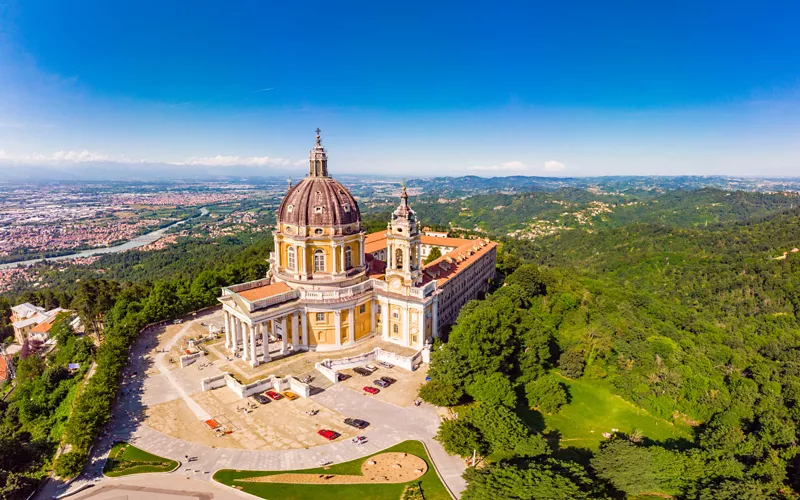
Turin captivates with its many different facets: precious vestiges of ancient history are combined with modern architecture in a mix that both fascinates and captivates. What to see in Turin out of the many proposals available?
Beginning with the Museums of Turin and more specifically the Egyptian Museum in Turin, the most popular attraction for young and old: it boasts more than 30,000 pieces including statues of pharaohs, sarcophagi, jewellery and everyday objects. Not to be missed. Cinema buffs, on the other hand, will fall in love with the Museum of Cinema in Turin, a rich display of the magic and secrets of cinema. And lastly, the Royal Museums of Turin, a museum centre with 55,000 square metres full of exhibits and works of art.
Move on to history of Turin: to breathe in the city's history, it is essential to visit the Mole Antonelliana, an architectural symbol dedicated to national unity. The highest freestanding masonry building in Europe, it offers an extraordinary view of the city and the Alpine arc. A stop at the Basilica of Superga, which houses the remains of several members of the House of Savoy, will delight history lovers.
No trip to Turin is complete without making a trip to Piazza Castello, the true heart of the city and the focal point where the city developed from Roman times to the Renaissance: a stop here means taking a step back in time amidst elegant arcades to be enjoyed at leisure.
The fourth stop is at Palazzo Madama, home of the Civic Museum of Ancient Art, the fascinating residence of the two "Madame Reali" Maria Cristina of France and Giovanna of Savoy-Nemours.
Besides Palazzo Reale, among the historical buildings, Palazzo Carignano is also worth a stop: it is a wonderful example of Piedmontese Baroque architecture. And finally, a visit to the Chapel of the Shroud, which houses the shroud that it is said Jesus's body was wrapped in at the tomb, is a must. Mark Piazza San Carlo on your map, known in Turin, unsurprisingly, as the city's drawing room, and Piazza Vittorio Veneto, overlooking the Po.
Lastly, Turin in its natural beauty. For a splash of greenery, a must visit is the Valentino River Park, a favourite spot for jogging and cycling enthusiasts in Turin, but also the perfect excuse for a little relaxation. In the interior, it is also possible to visit the splendid Castello del Valentino, a UNESCO World Heritage Site.
3 tips for things to do in Turin
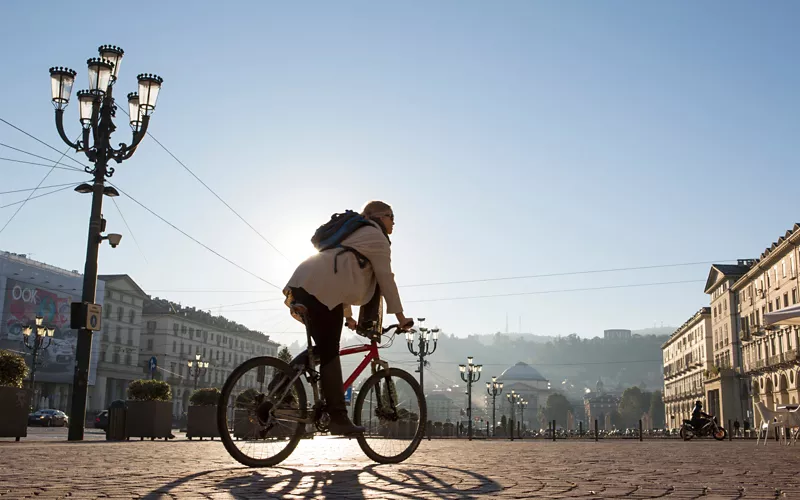
A city that is always lively and rich in entertainment, finding what to do in Turin for the whole family is easy.
Our first tip is to visit Turin's historic cafés, old establishments from the 1800s where you can sample the typical delicacies of the Piedmontese capital. Afterwards, a trip to Turin's Balon will delight fans of antiques, vintage and flea markets, who will fall in love with the many stalls and small shops where they can find both small and big treasures.
Sports enthusiasts will be able to put themselves to the test with Turin's bike routes: there are many fascinating itineraries for visiting the city on two wheels.
What to eat in Turin: 9 specialities
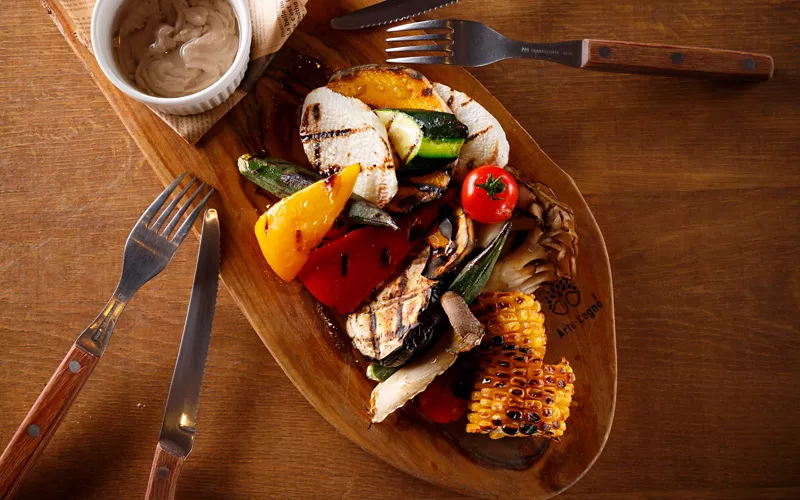
Foodies, be prepared to delight your palate: Turin cuisine stems from a combination of rustic origins and refined dishes from the Savoy Court, with influences from French cuisine. What to eat in Turin?
- The first dish to try is vitello tonnato, slices of marinated Fassona beef steak, boiled and served with the famous tonnata sauce.
- Lovers of strong flavours will be charmed by bagna cauda, a Piedmontese sauce with garlic, extra virgin olive oil and anchovies.
- The sweet toothed will enjoy gianduia in several chocolate variations, but will also appreciate bonet, a pudding of ancient origin with a base of eggs, cocoa, dried macaroons and liqueur.
Other dishes to try at least once in your life include: Piedmontese fritto misto, tajarin, agnolotti del plin, capunet and bollito piemontese.
4 unusual places in Turin
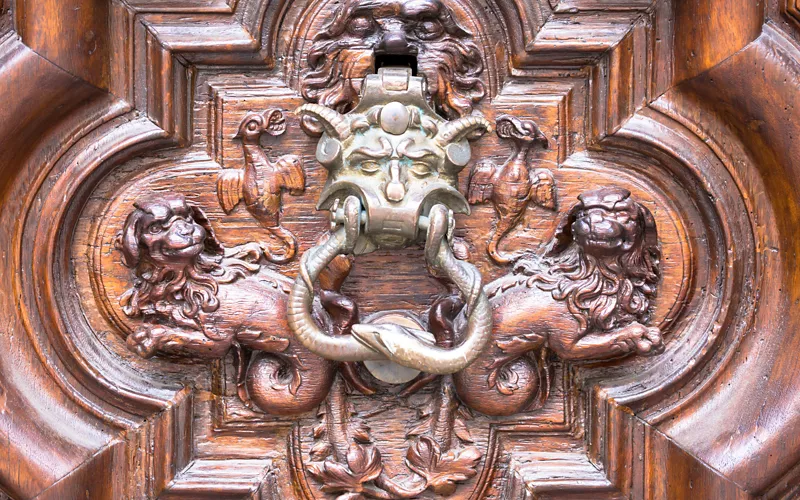
Turin is full of unusual places for the curious and the explorers, such as the Palazzo Fetta di Polenta, a historical building with a peculiar shape.
A city of mystery and linked to magic, the legend of the Portone del Diavolo, which closes the Trucchi Building in Levaldigi, is a case in point: the door is said to have appeared suddenly during the nightly invocations of a sorcerer's apprentice. Annoyed, the devil imprisoned him forever.
Also of interest is the Mausoleum of Bela Rosin, a neoclassical building that is an exact copy of the Pantheon in Rome.
Finally, the MAU in Turin, the Museum of Urban Art, is a fascinating open-air tour of more than 180 works painted on the walls of the buildings in the Campidoglio district.

